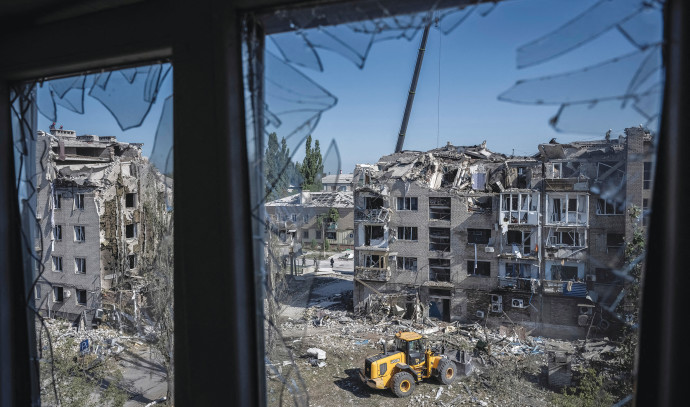- Wed. Apr 17th, 2024
Latest Post
Is the world capitulating to Vladimir Putin in the Ukraine-Russia conflict?
The city of Chernihiv in northern Ukraine was recently rocked by a devastating attack, leaving many dead and injured. This attack has put the city in a state of isolation,…
Evaluating the early MLB season: Which teams are thriving and which are struggling, plus a look at Jack Leiter’s debut
As we approach the three-week mark of the 2024 MLB season, it’s time to provide some early season evaluations based on what we’ve observed so far. Jake Mintz & Jordan…
Report: Neom Megacity in Saudi Arabia Looking for Additional Funding
Saudi Arabia’s Neom project, part of the Vision 2030 initiative led by Crown Prince Mohammed Bin Salman, is planning its first bond sale. Bloomberg reported that the issuance could potentially…
New School of Public Health building celebrates grand opening
On Thursday, April 6, 2024, a significant moment unfolded within the School of Public Health as they celebrated the opening of their new home in the recently renovated Edna S.…
Messages on WhatsApp can always be read, no secrets or deletions.
Have you ever accidentally deleted a WhatsApp message and wished you could recover it? Well, it is possible to do so. In 2017, WhatsApp introduced the option to delete messages…
Wall Street sees positive trend as Mobileye climbs 5% after receiving large order
The trading day on Wall Street opened with a positive trend, with the Nasdaq rising by 0.5%, the S&P 500 trading at a similar rate, and the Dow Jones adding…
Paris relocates hundreds of immigrants in preparation for the Olympics
French officials have relocated hundreds of migrants from the southern suburbs of Paris to other cities in preparation for the upcoming Olympics. On April 17, immigrants living in an abandoned…
PGA Tour Enterprises board convenes at RBC Heritage
Hilton Head Island, S.C. is the location where the $1.5 billion initial investment into PGA Tour Enterprises, the circuit’s new for-profit arm, was announced. This investment also brought a promise…
Trump Media’s stock rises by 20% following two disappointing days
Investors in Trump Media & Technology Group’s stock have experienced a tumultuous two days, but are finally seeing an uptick in their shares. The stock TMTG (DJT) rebounded by 20%…
The AHA Acknowledges Federal Health Care Leaders
At the Annual Membership Meeting held in Washington, D.C. this week, the AHA presented two federal hospital leaders with prestigious awards for their outstanding service in the health care field.…


